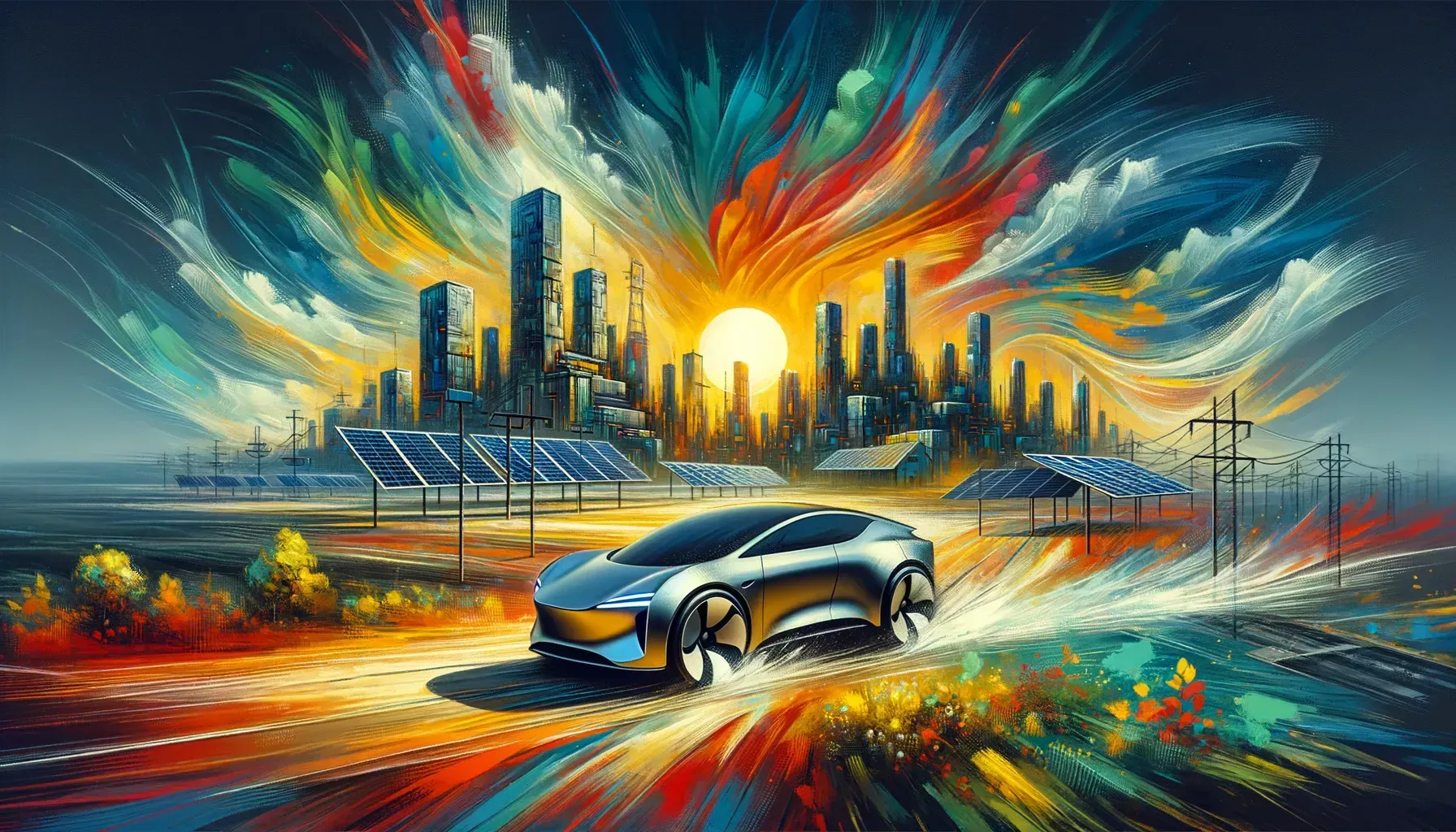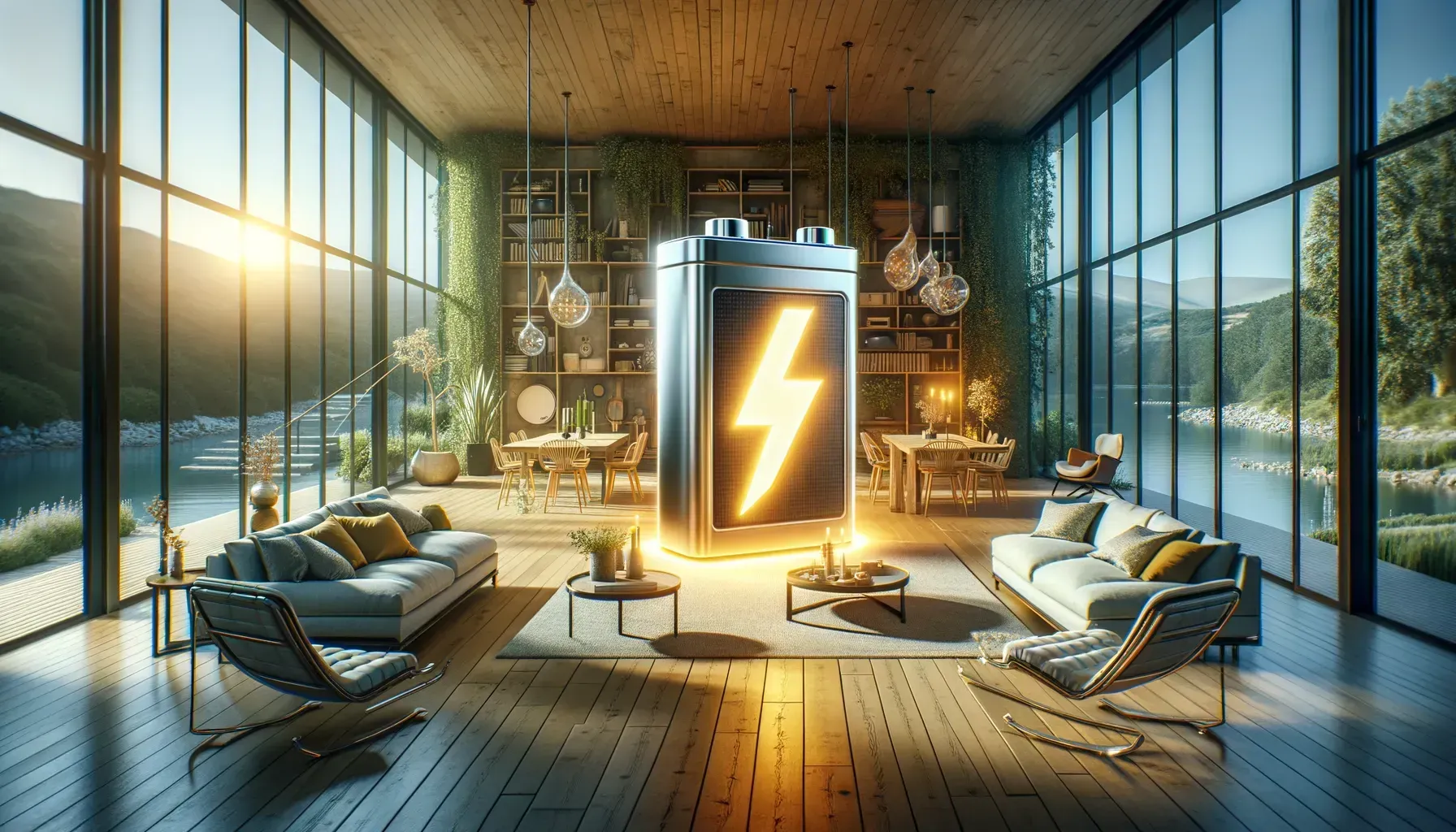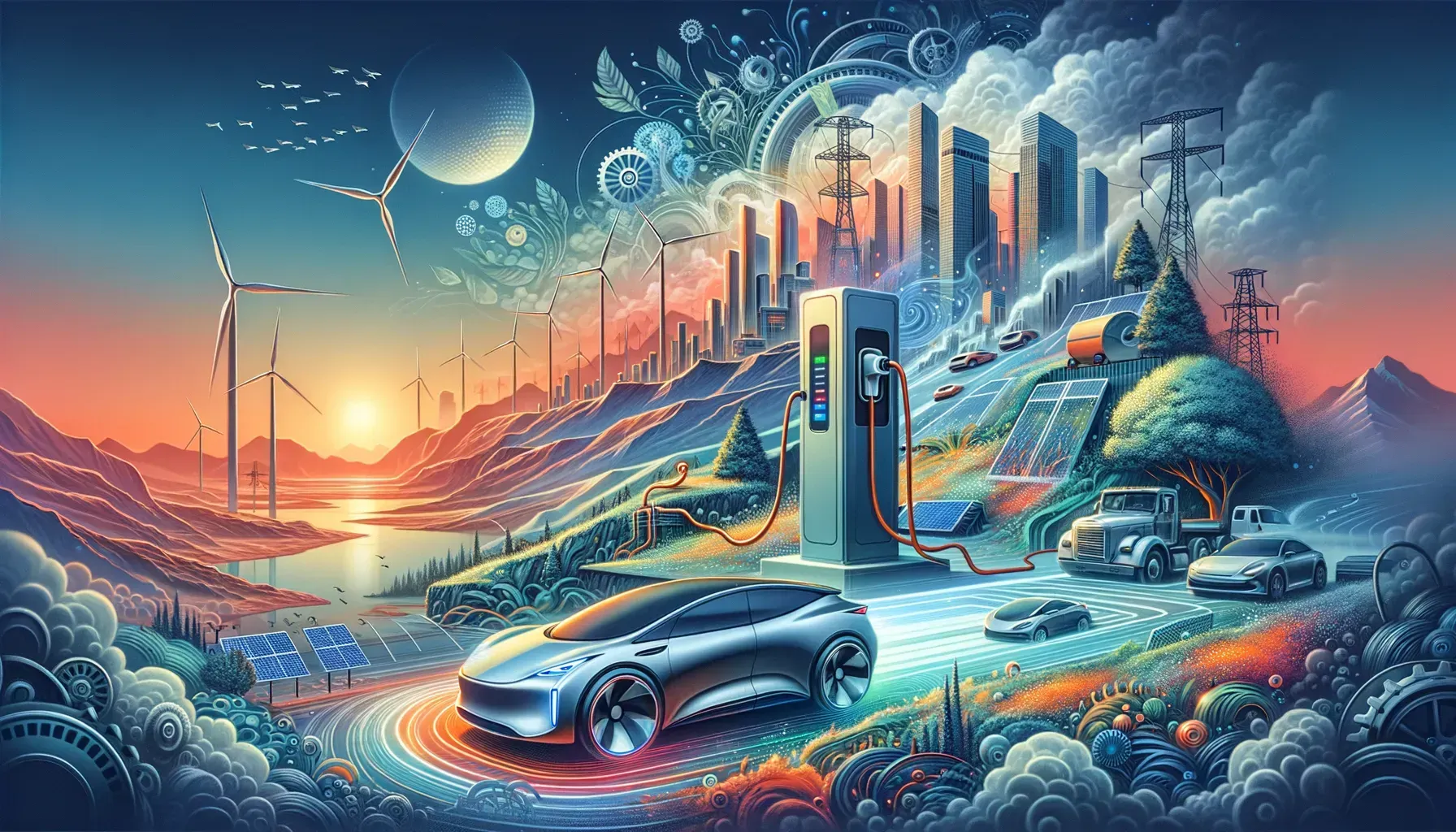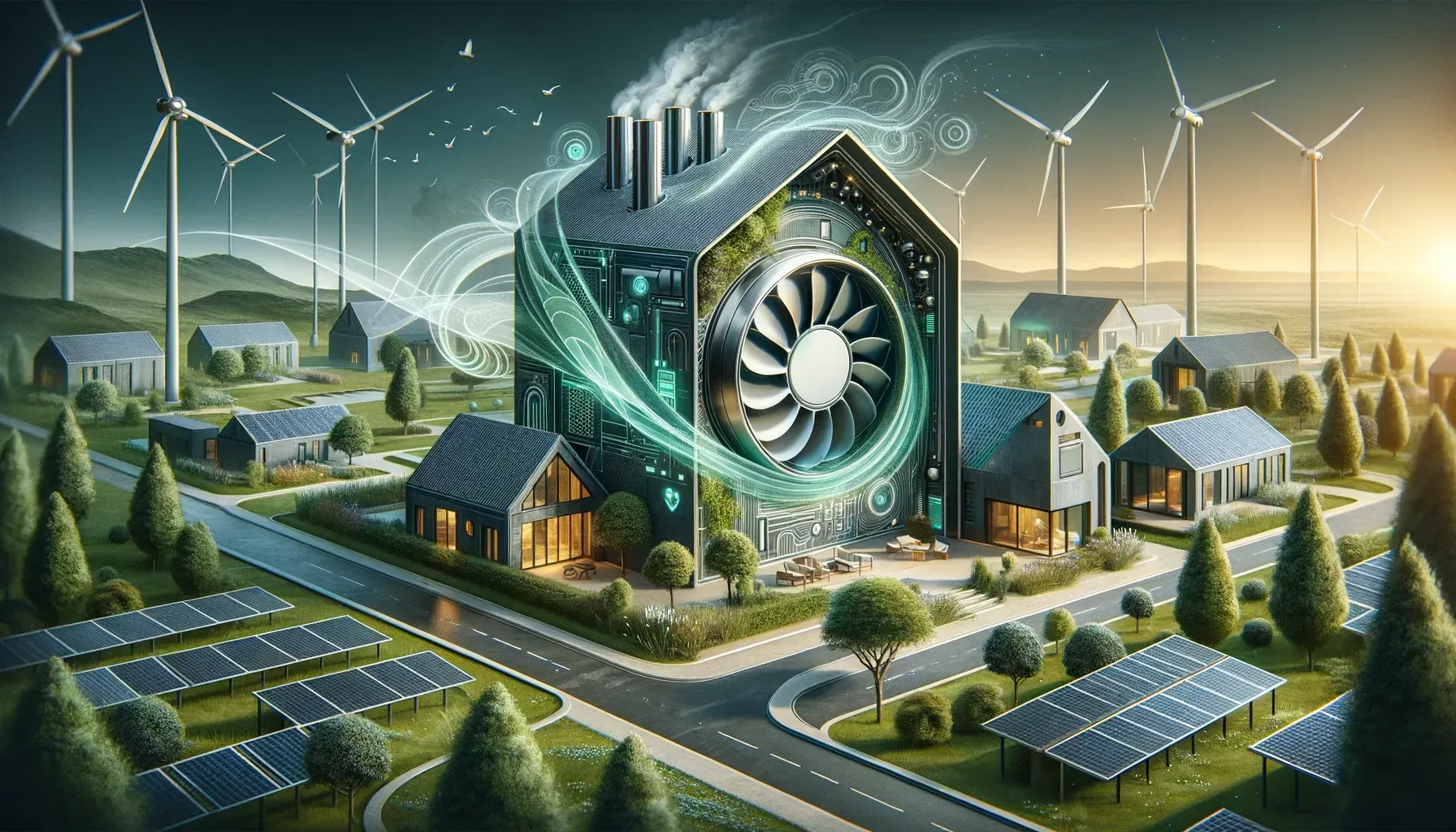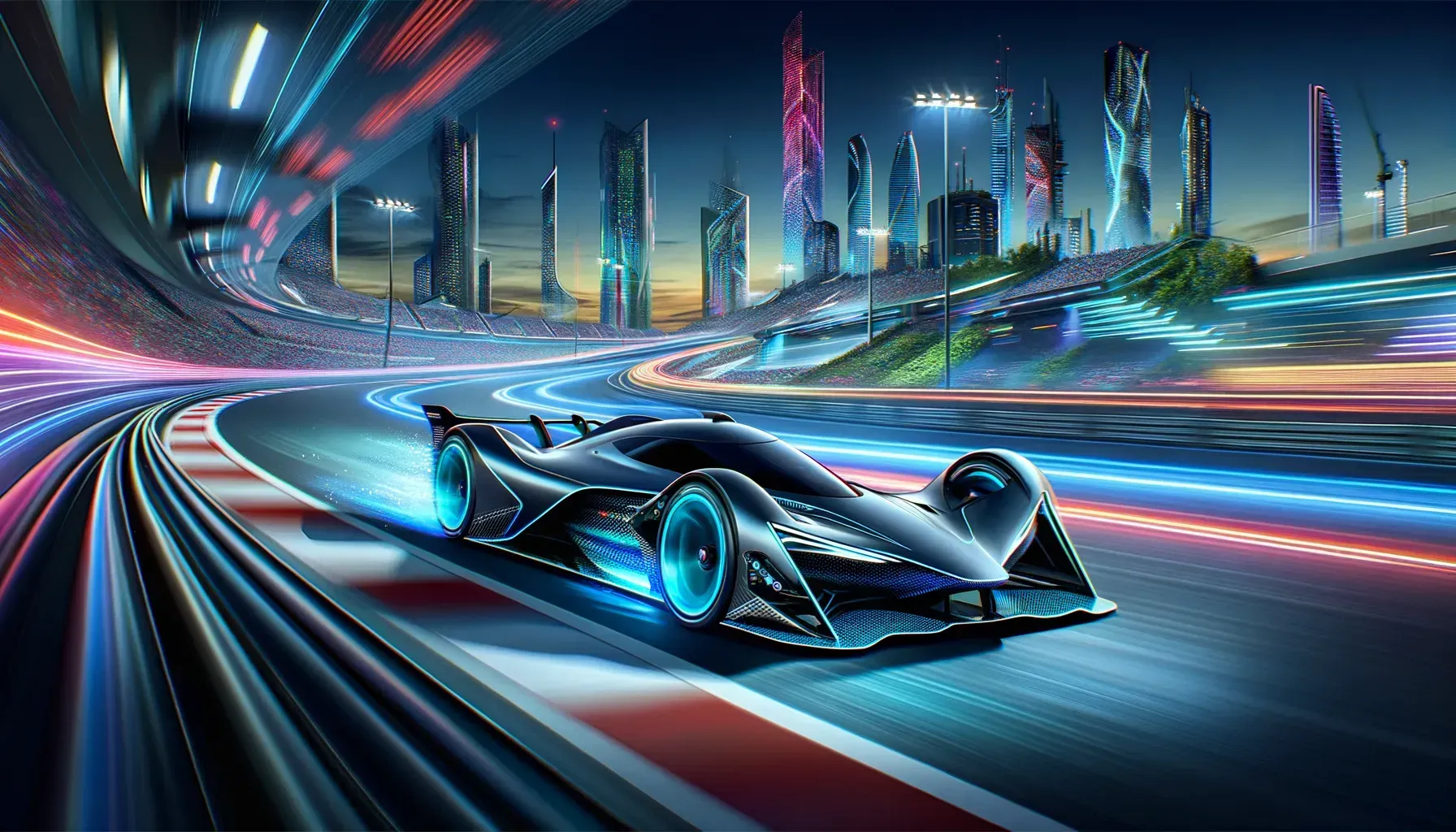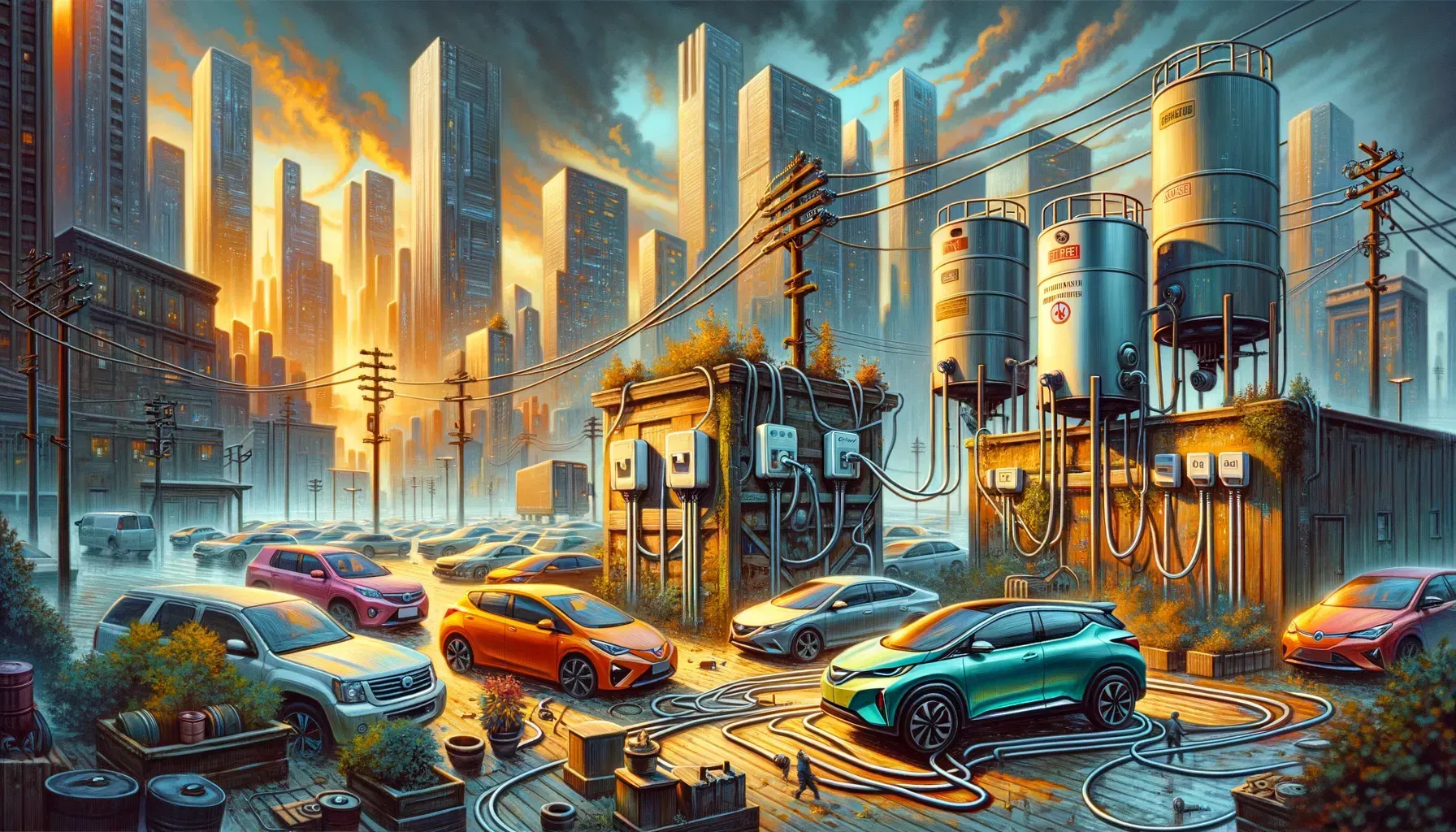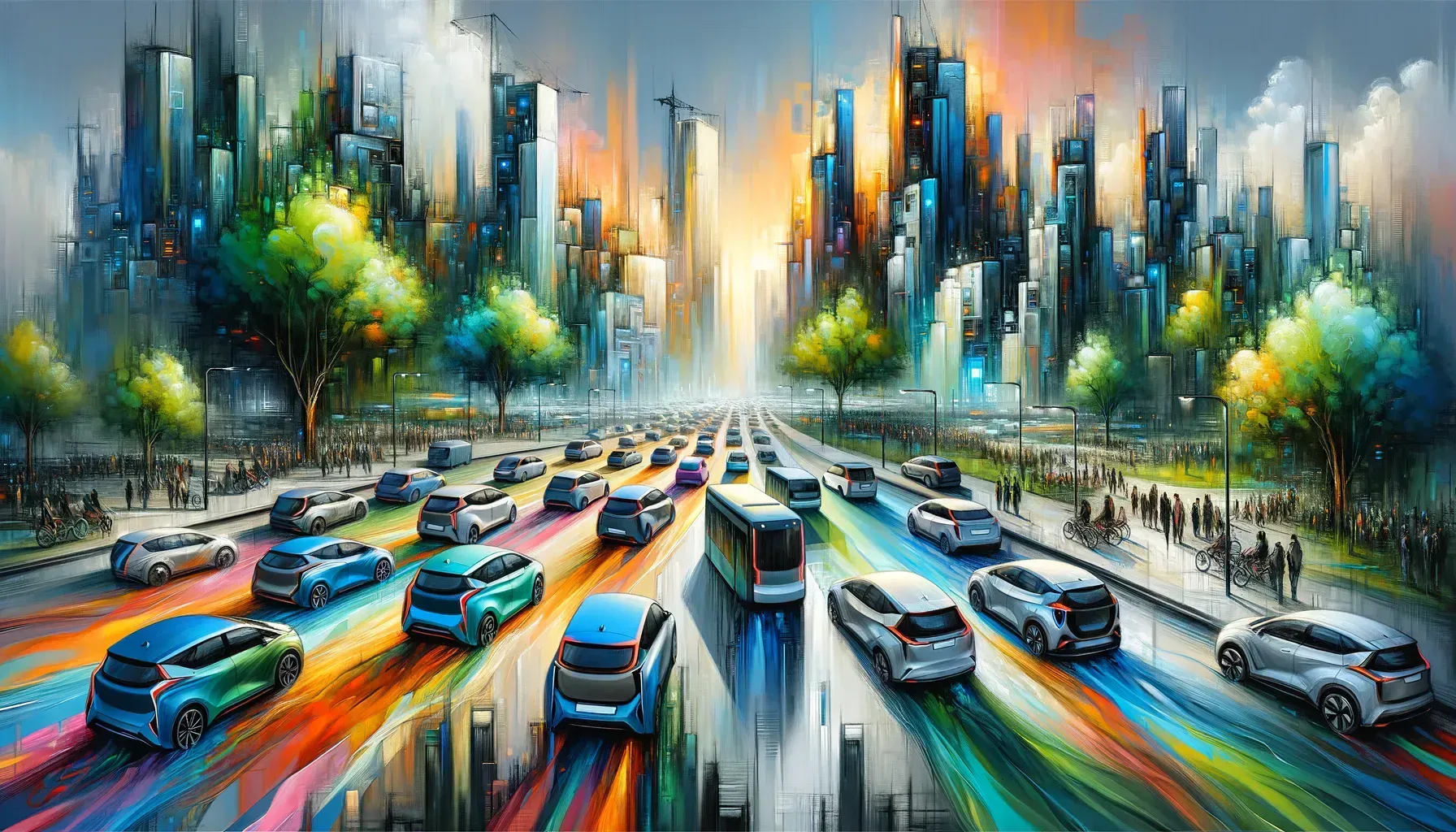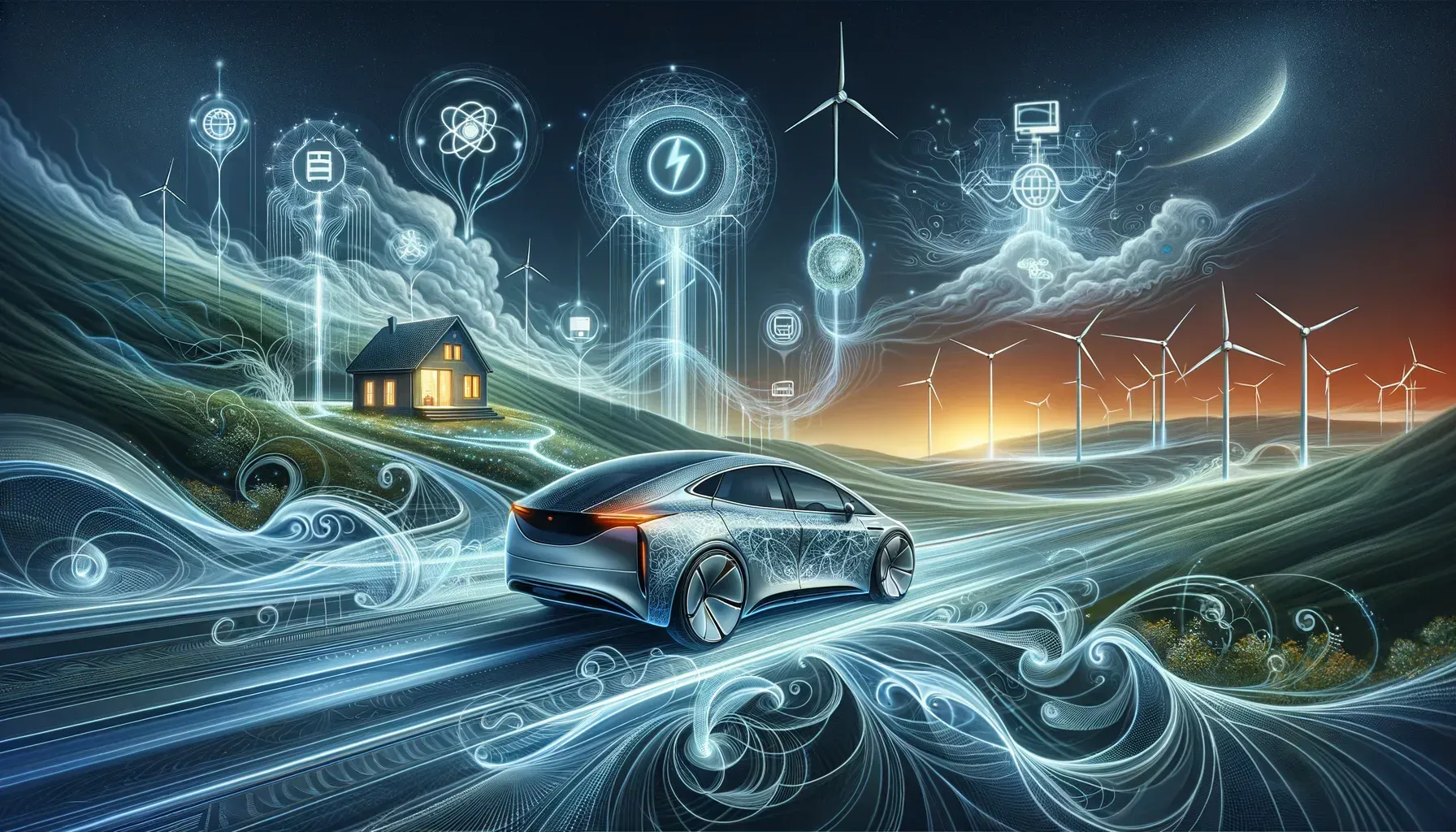Plugging In Twice: How Bidirectional Charging is Quietly Rewriting the EV Story
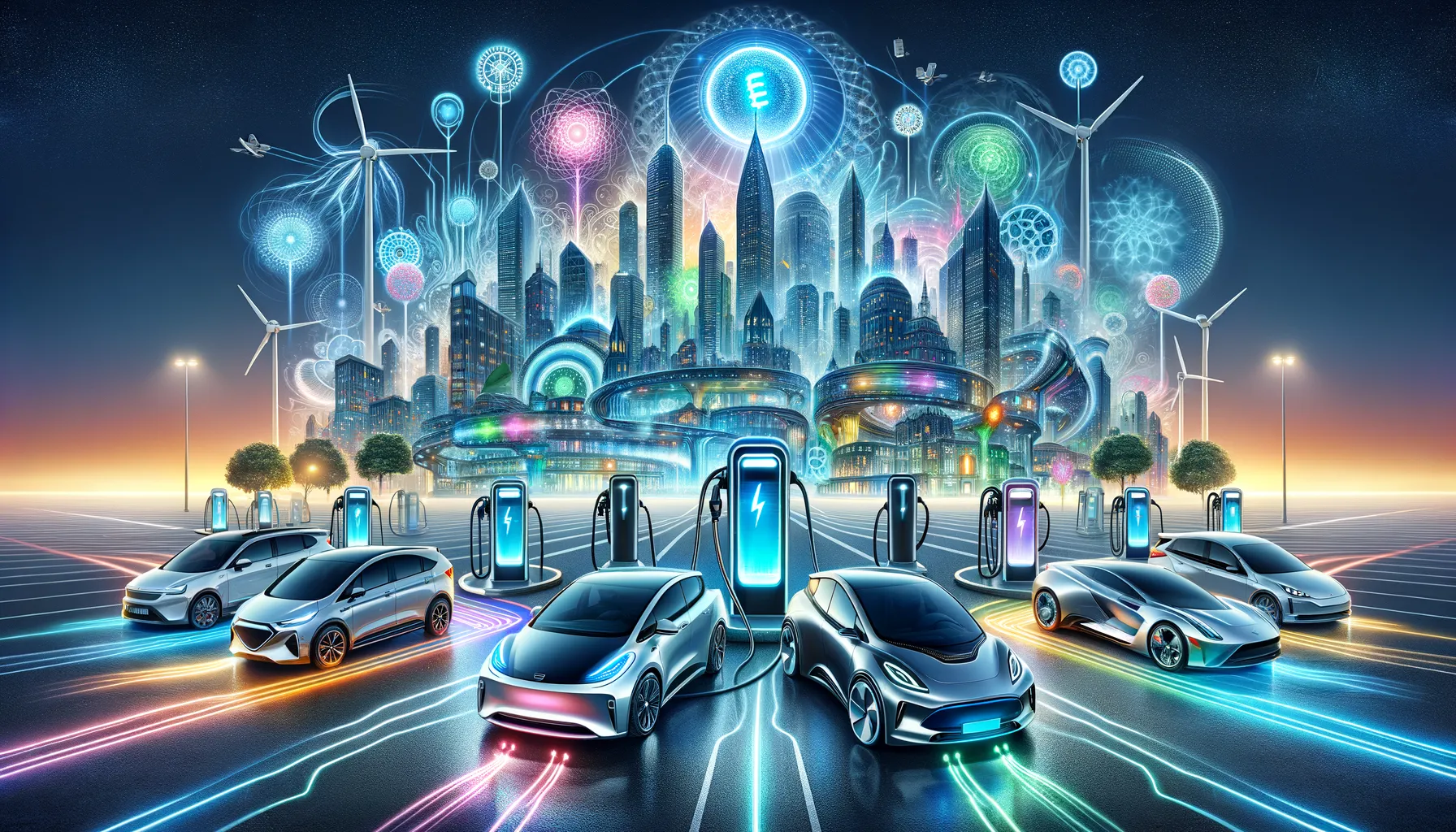
So, you thought plugging in your car was just about getting from A to B? Let’s rewind to last winter: a neighborhood blackout and only one house with the lights still twinkling—the neighbor’s, powered by their EV. Suddenly, bidirectional charging became the hero nobody saw coming. Turns out, electric vehicles are quietly moonlighting as home batteries, grid balancers, and even community saviors. Let’s peel back this under-reported layer of EV tech and discover how these cars are flipping the energy script, sometimes literally.
Wait, My Car Can Power the House? Real-World Uses and Unexpected Stories
Bidirectional charging is quietly transforming what it means to own an electric vehicle. No longer just a way to get from point A to point B, today’s EVs—like the Nissan Leaf and Ford F-150 Lightning—are becoming “rolling generators,” ready to step in when the lights go out or when a little extra power is needed off the beaten path. This shift is being driven by advances in battery technology and smart charging technology, making features like Vehicle to Home (V2H), Vehicle to Grid (V2G), Vehicle to Load (V2L), and Vehicle to Vehicle (V2V) more accessible than ever.
From Driveway to Lifeline: V2H in Action
Imagine a sudden blackout during a winter storm. In the past, this meant scrambling for candles and hoping the food in the fridge would last. Now, with V2H, an electric vehicle charger can turn your car into a backup power source for your entire home. The Nissan Leaf, a pioneer in bidirectional charging, has been used in real emergencies to keep the essentials running. One homeowner shared the relief of hearing, “Don’t worry about the outage, the Nissan’s plugged in.”
Research shows that a fully charged 60 kWh battery—common in many modern EVs—can power an average home for up to two days. This isn’t just theory. During a recent snowstorm, a Hyundai Ioniq 5 owner used V2H to keep the refrigerator running and the lights on, turning what could have been a crisis into a minor inconvenience. These stories are becoming more common as V2H and V2B (Vehicle to Building) features are adopted in new EV models.
Beyond Blackouts: V2L for Adventure and Community
Bidirectional charging isn’t just for emergencies. V2L (Vehicle to Load) makes it possible to bring modern comforts to places where extension cords can’t reach. Picture a camping trip where the coffee maker, electric grill, and even a projector for movie night are all powered by your EV. The Hyundai Ioniq 5 and Kia EV6 both support V2L, letting users plug in full-size appliances or power tools directly from the car’s battery.
Some neighborhoods have even hosted block parties powered by a Ford F-150 Lightning parked in the driveway. With V2L, the possibilities stretch far beyond the basics—turning an EV into a mobile power hub for everything from tailgates to construction sites.
Getting Paid to Plug In: V2G and Energy Savings
Vehicle to Grid (V2G) is another game-changer. This smart charging technology lets EV owners send excess electricity back to the grid, helping utilities balance supply and demand. In return, homeowners can see real energy savings. Studies indicate that V2G can save up to $150 annually in the U.S. and as much as 780 euros per year in some European households. It’s a win-win: support local power needs and get paid for it.
As more electric vehicle chargers and utilities support V2G, the financial and environmental benefits are expected to grow. The market for bidirectional charging is expanding rapidly, with manufacturers like General Motors and Tesla announcing plans to make these features standard across all new models within the next few years.
Helping Others: V2V on the Open Road
Sometimes, the most unexpected uses for bidirectional charging happen far from home. Vehicle to Vehicle (V2V) charging allows one EV to help another—much like jump-starting a gas car, but cleaner and quieter. There’s a story of a Kia EV6 owner who used V2V to charge a stranded Lucid Air at a rest area, turning a potential headache into a simple pit stop. This kind of flexibility is reshaping how drivers think about range anxiety and roadside assistance.
Industry Momentum and the Road Ahead
Automakers are taking notice. “Standardizing bidirectional charging will help realize GM’s vision of an all-electric future,” says Wade Sheffer, GM Energy Vice President. As of 2025, models like the Ford F-150 Lightning, Nissan Leaf, Hyundai Ioniq 5, Kia EV6, and others offer at least one form of bidirectional charging. The list is growing as consumer demand and regulatory pressures push the industry forward.
Bidirectional charging is more than a technical upgrade—it’s a quiet revolution in how we use, share, and think about energy. Whether it’s powering a home during a blackout, running a campsite, supporting the grid, or helping a fellow driver, the real-world impact is only just beginning to unfold.
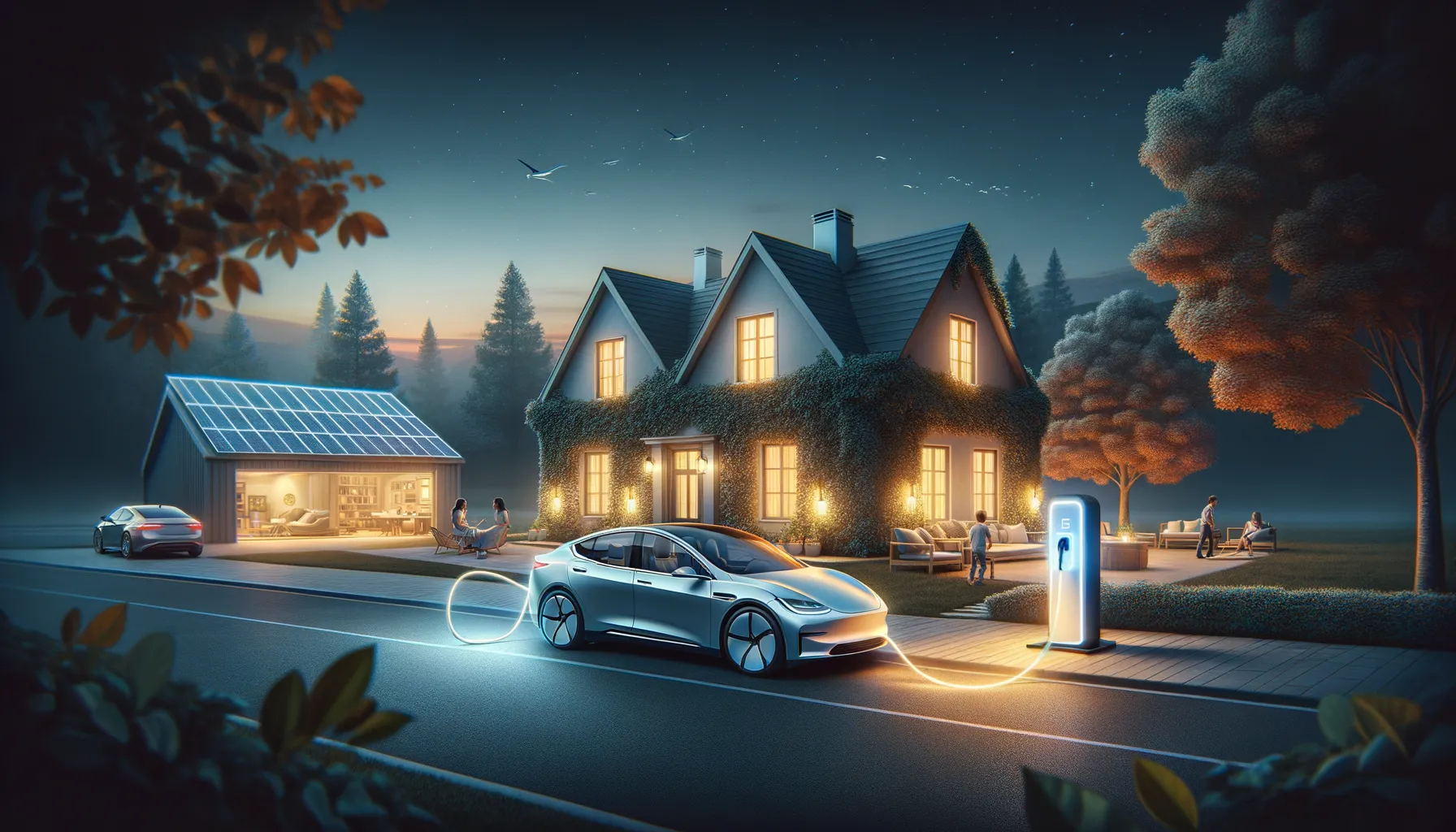
Why Automakers Suddenly Care: Models, Market Growth, and New Faces in the Garage
Bidirectional charging has quietly moved from a technical curiosity to a central talking point in the electric vehicle (EV) industry. While the concept has been around for over a decade, recent shifts in consumer expectations, regulatory pressure, and the promise of new energy flexibility have pushed automakers to act. The result? A rapidly changing competitive landscape, with major brands racing to make bidirectional charging a standard feature in their upcoming models.
From Early Experiments to Industry Standard: The Nissan Leaf and Beyond
It all started with the Nissan Leaf in 2013. As the first mass-market EV to offer bidirectional charging, the Leaf allowed owners to use their car as more than just a means of transport. Suddenly, an electric vehicle charger wasn’t just about filling up the battery—it was about turning the car into a backup generator, a home energy storage device, or even a contributor to the local grid. This early move set the stage for what’s now a fast-growing segment of the market.
Fast forward to 2025, and the list of automakers embracing bidirectional charging has grown dramatically. Tesla has announced that all its models will support bidirectional capabilities by 2025, a major milestone for the industry. General Motors (GM) is not far behind, promising that every new GM electric vehicle will come standard with bidirectional charging by 2026. Other brands like Ram, BMW, Volvo, and Porsche are also developing or testing similar technologies, signaling a clear industry trend.
The Expanding Competitive Landscape: Who’s In and Who’s Next?
The competitive landscape is evolving quickly. What was once a niche feature is now a key differentiator among automakers. Cadillac, Chevrolet, Hyundai, Kia, Lucid, Mitsubishi, Volkswagen, Volvo, and Genesis have all introduced or announced models with some form of bidirectional charging. For example, the Ford F-150 Lightning, Cadillac Lyriq, Chevrolet Silverado EV RST, Hyundai Ioniq 5, Kia EV6, Lucid Air, and Mitsubishi Outlander PHEV are just a few of the vehicles currently supporting V2X charging functions.
- Vehicle to Home (V2H): Power your home during outages or peak pricing.
- Vehicle to Grid (V2G): Send energy back to the grid, potentially earning compensation.
- Vehicle to Load (V2L): Run appliances or tools directly from your EV.
- Vehicle to Vehicle (V2V): Share power between EVs.
- Vehicle to Everything (V2X): The umbrella term for all these capabilities.
This expansion is not just about consumer demand. Research shows that regulatory bodies are increasingly interested in standardizing bidirectional charging to support grid stability and renewable energy integration. Automaker commitments are, in part, a response to this pressure, as well as a recognition that energy flexibility is becoming a must-have for future EV buyers.
Market Growth: From Niche to Mainstream
Industry research indicates the bidirectional electric vehicle charger market is still in its early growth phase, but the pace is picking up. In 2024, the market was valued at USD 1.3 billion. Forecasts suggest it will reach USD 9.1 billion by 2034, representing a compound annual growth rate (CAGR) of 22.2%. This surge is driven by both new model rollouts and the growing appeal of V2X charging for home and grid energy management.
As more automakers standardize bidirectional charging, the technology is moving from a rare perk to an expected feature. For homeowners, the benefits are tangible: studies indicate that bidirectional charging can save up to $150 per year in the U.S. and even more in energy-cost-sensitive markets like Europe. On a larger scale, EVs equipped with V2G could supply up to 20% of Europe’s peak electricity demand by 2040, fundamentally changing how we think about cars and energy.
Upcoming Models and the Wild Card Factor
The forecast period is packed with new releases. GM’s 2024 and 2025 lineups—Chevrolet Blazer EV, Equinox EV, Cadillac Escalade IQ, and more—are all rolling out bidirectional capabilities. Ram’s 1500 REV, BMW’s upcoming EVs, and future Porsche and Volvo models are also in the pipeline. The competitive landscape is only getting more crowded as each brand seeks to outdo the others on V2X charging features.
And then there’s the wild card: how will this technology affect the used car market? Will future listings tout a vehicle’s “bidirectional history,” perhaps noting how a previous owner powered their home or helped a neighbor during a blackout? It’s a quirky thought, but it speaks to how deeply bidirectional charging could become woven into everyday life.
Dan Avery: "Bidirectional charging isn’t just about driving anymore—it's about reshaping the role of the car completely."
With automakers, regulators, and consumers all pushing in the same direction, bidirectional charging is poised to become a defining feature of the next generation of electric vehicles.
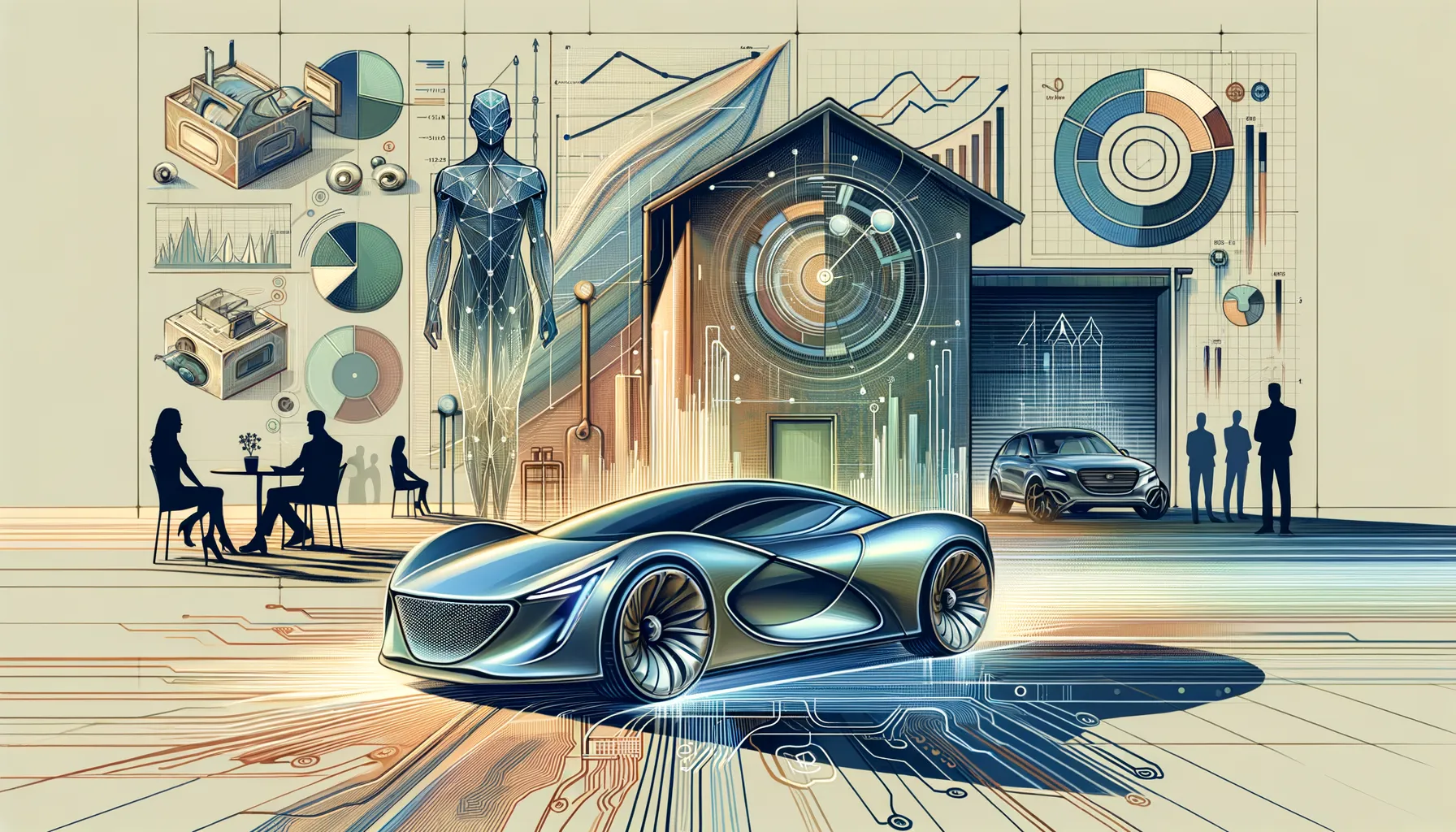
One Plug Fits All? Energy Flexibility, Home Integration, and the Wild Road Ahead
Bidirectional charging is quietly transforming what it means to own an electric vehicle. While most drivers still think of their EV as simply a cleaner way to get from point A to point B, the reality is shifting fast. Thanks to advances in smart charging technology , AI-driven software, and renewable energy integration, the humble charging plug is becoming a gateway to a much larger energy ecosystem—one where cars, homes, and even the grid itself are more connected than ever.
The concept of energy flexibility is at the heart of this shift. With bidirectional charging, an EV can do more than just take in power; it can also send electricity back to a house, a neighbor, or the grid. This is possible through features like Vehicle to Home (V2H), Vehicle to Grid (V2G), and Vehicle to Load (V2L). For example, during a blackout, a fully charged EV such as the Nissan Leaf or Ford F-150 Lightning can keep the lights on for up to two days. Meanwhile, smart charging lets owners take advantage of off-peak electricity rates—charging up when power is cheap and running their homes from the stored battery when rates spike. According to research, this approach can save homeowners up to $150 a year in the U.S. and as much as 780 euros in Europe.
But it’s not just about saving money. The integration of AI-driven energy management means that decisions about when to charge, discharge, or share energy can happen automatically, based on real-time data and user preferences. This dynamic approach is essential as more homes add solar panels and battery storage. Imagine a setup where your EV, rooftop solar, and smart thermostat work together, optimizing for both comfort and cost. The result? Deeper energy savings, more resilience during outages, and a step closer to true off-grid living.
Grid stability is another major benefit. As renewable sources like wind and solar become a bigger part of the energy mix, the grid faces new challenges—mainly, how to balance supply and demand when the sun isn’t shining or the wind isn’t blowing. Here, EVs can help by providing services like frequency regulation and power smoothing. Studies indicate that by 2040, EVs could supply 15-20% of Europe’s electricity needs during peak periods, acting as a distributed network of batteries that can absorb excess power or feed it back when needed. This kind of flexibility is crucial for a future built on renewables.
Of course, the road ahead isn’t without its quirks. As more neighborhoods adopt these technologies, new questions arise. Will homeowners’ associations start requiring EVs to participate in V2G programs during summer brownouts? Will local builders begin to market homes with integrated V2L features as a selling point for eco-conscious buyers? In fact, some already are. One builder recently rolled out model homes equipped with Hyundai Ioniq 6 V2L capabilities, appealing to buyers who want their vehicles to do more than just drive.
Automakers are taking note. General Motors, for example, has committed to making bidirectional charging standard across all its electric vehicles by 2026. As Wade Sheffer, GM Energy Vice President, puts it:
“Standardizing bidirectional charging will help realize GM’s vision of an all-electric future.”Tesla, BMW, Volvo, Porsche, and Ram are also moving quickly to add these features, signaling a major industry shift.
As the market for bidirectional EV chargers grows—projected to reach $9.1 billion by 2034—the technology is still in its early days. Yet, the direction is clear. Smart charging, AI-driven software, and seamless solar integration are turning EVs into true multi-tools for the modern home. The result is a more flexible, resilient, and efficient energy system—one where the line between car, home, and grid is increasingly blurred.
In the end, the story of bidirectional charging isn’t just about new gadgets or clever apps. It’s about reimagining how we use, share, and save energy. As the plug becomes the point where all these worlds meet, the possibilities are just beginning to unfold.
TL;DR: Bidirectional charging is transforming electric vehicles into versatile energy tools—powering homes, supporting grids, and opening up new savings and opportunities for EV owners as the market for this tech surges into the mainstream.
